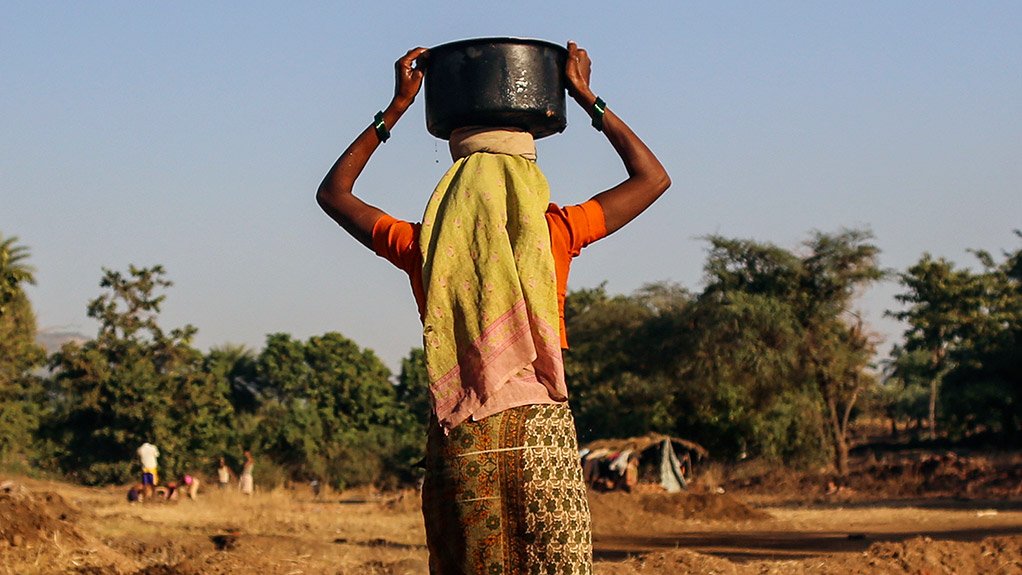Innovation, alongside resources and institutional support, is the game changer in an environment that is proving to have no easy answers in providing water and sanitation to the masses, especially as the race heats up to close the equality gap post 2015.
However, innovation need not be as daunting as reinventing the wheel. It can be as simple – or practical – as recombining a few tried and tested building blocks to make them work even better.
The trick is to be willing to keep trying over and over, until traction is made towards a happy medium where the gap between rich and poor is not characterised by access to water and sanitation, says Dr David Nilsson.
Nilsson, who is based at the School of Architecture and the Built Environment at the KTH Royal Institute of Technology in Sweden, on Thursday said with the world’s gaze firmly fixed on life after the Millennium Development Goals (MDGs) deadline, a paradigm shift is necessary if the world hopes to change the way basic services are delivered.
“To meet present day challenges, business as usual is not going to be an option,” said Nilsson.
Nilsson was speaking at a plenary titled ‘Access, Poverty and the post 2015 Development Agenda’ at the 2014 World Water Week.
The plenary was an opportunity to engage in discussions on the Sustainable Development Goals (SDGs), which aim to ultimately close the equality gap.
Under MDG 7 – which is to ensure environmental sustainability – 2.3 billion people have gained access to clean drinking water. The flip side of the coin is that 2.5 billion people do not have access to basic sanitation, such as toilets or latrines.
Target 7.C of MDG 7 stipulates that by 2015, the proportion of the population without sustainable access to safe drinking water and basic sanitation must be dramatically reduced.
Nilsson said in the post 2015 agenda, a SDG dealing specifically with water and sanitation is in order.
With the 69th Session of the UN General Assembly around the corner, Nilsson said it was time to move beyond the “buzz words” and set concrete, tangible and actionable goals.
Region specific solutions
As leaders are increasingly calling for everyone’s involvement in solving the water and sanitation backlog, Nilsson said the door is wide open for everyone to come up with solutions to suit their own regions.
“The post-industrial North doesn’t have all the answers,” he said.
Going through the development phase is an advantage the South must use, Nilsson said. As countries’ water and sanitation systems are still being established, this presents a unique opportunity to innovate new solutions that work for the specific contexts found in Africa.
In her keynote address to the panel, Water and Sanitation Minister Nomvula Mokonyane said the importance of finding local solutions, which have community buy-in, cannot be overstated.
She said sanitation and water provision must take into consideration the needs of the people governments seek to serve.
“This can only happen if we take our people along,” said the Minister.
Involving communities in the final stage of bringing services to them is too little too late, and quite simply unsustainable, she told delegates.
The week-long summit in the Swedish capital ends on Friday.
EMAIL THIS ARTICLE SAVE THIS ARTICLE
To subscribe email subscriptions@creamermedia.co.za or click here
To advertise email advertising@creamermedia.co.za or click here











